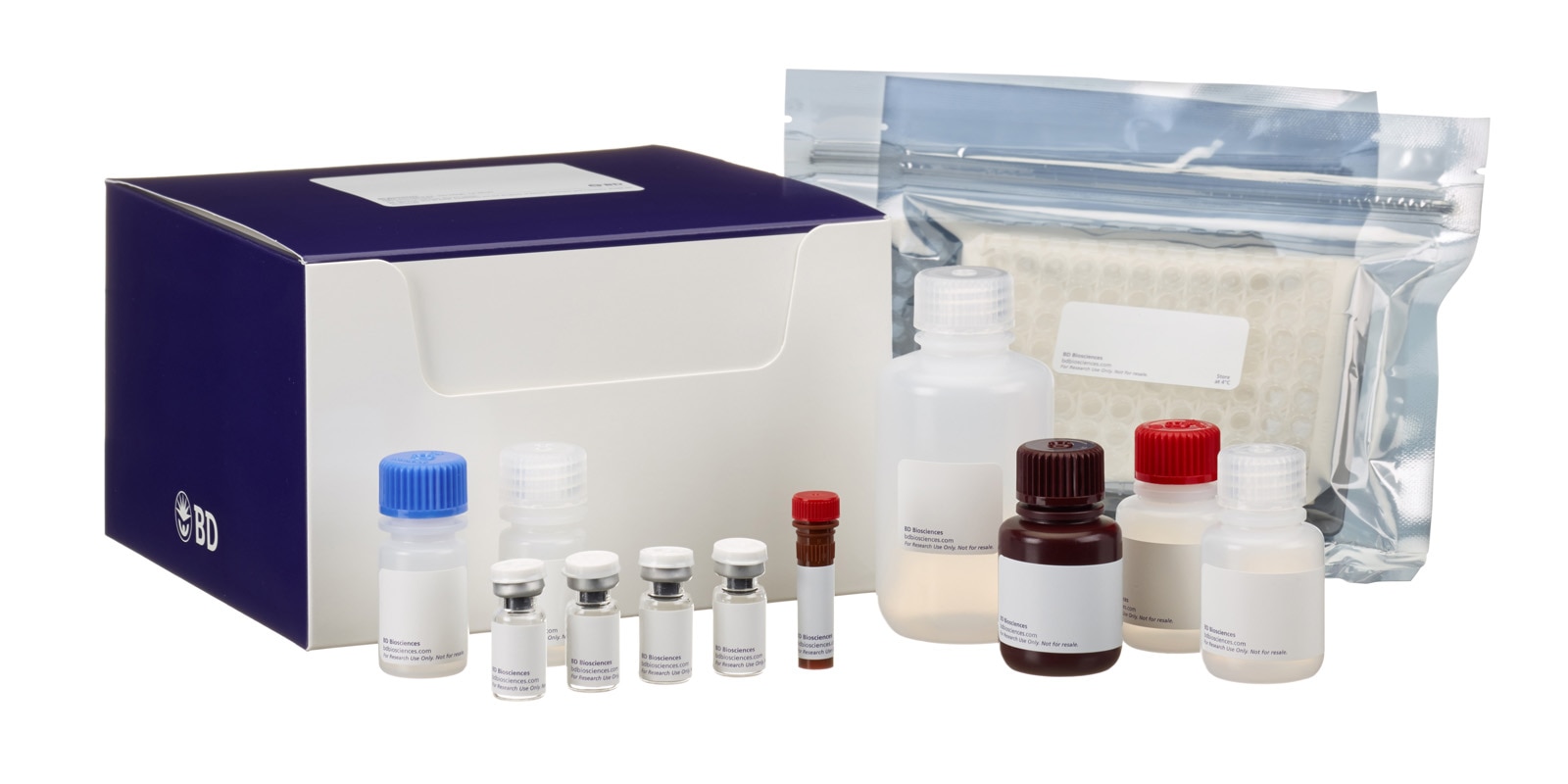-
抗体試薬
- フローサイトメトリー用試薬
-
ウェスタンブロッティング抗体試薬
- イムノアッセイ試薬
-
シングルセル試薬
- BD® AbSeq Assay | シングルセル試薬
- BD Rhapsody™ Accessory Kits | シングルセル試薬
- BD® Single-Cell Multiplexing Kit | シングルセル試薬
- BD Rhapsody™ Targeted mRNA Kits | シングルセル試薬
- BD Rhapsody™ Whole Transcriptome Analysis (WTA) Amplification Kit | シングルセル試薬
- BD Rhapsody™ TCR/BCR Profiling Assays (VDJ Assays) | シングルセル試薬
- BD® OMICS-Guard Sample Preservation Buffer
-
細胞機能評価のための試薬
-
顕微鏡・イメージング用試薬
-
細胞調製・分離試薬
-
- BD® AbSeq Assay | シングルセル試薬
- BD Rhapsody™ Accessory Kits | シングルセル試薬
- BD® Single-Cell Multiplexing Kit | シングルセル試薬
- BD Rhapsody™ Targeted mRNA Kits | シングルセル試薬
- BD Rhapsody™ Whole Transcriptome Analysis (WTA) Amplification Kit | シングルセル試薬
- BD Rhapsody™ TCR/BCR Profiling Assays (VDJ Assays) | シングルセル試薬
- BD® OMICS-Guard Sample Preservation Buffer
- Japan (Japanese)
-
Change country/language
Old Browser
Looks like you're visiting us from {countryName}.
Would you like to stay on the current country site or be switched to your country?
BD OptEIA™ Human TNF ELISA Kit II
(RUO)

Human TNF ELISA Kit II
Regulatory Statusの凡例
Becton, Dickinson and Companyの書面による明示的な許諾を得た使用以外での製品の使用は固く禁じられています。
調製と保管
開発者向け参考資料 (6)
-
Beutler, B et al. Identity of tumor necrosis factor and the macrophagesecreted factor cachectin. Nature. 1985; 316:552-554. (Biology).
-
Jaattela, M. Biologic activities and mechanisms of action of tumor necrosis factor-α. Lab Invest. 1991; 64:724-742. (Biology).
-
Kidd, IM and VC Emery . The use of baculoviruses as expression vectors. Applied Biochem and Biotech. 1993; 42:137-159. (Biology).
-
Ruddle, NH. Tumor necrosis factor (TNF-α) and lymphotoxin (TNF-β). Curr Opinion Immunol. 1992; 4:327-332. (Biology).
-
Vilcek, J and TH Lee. Tumor necrosis factor, New insights into the molecular mechanisms of its multiple actions. J BioI Chem. 1991; 266:7313-7316. (Biology).
-
Wang AM, Creasey AA, Ladner MB, et al. Molecular cloning of the complementary DNA for human tumor necrosis factor. Science. 1985; 228(4696):149-154. (Biology). 参考文献を見る
Please refer to Support Documents for Quality Certificates
Global - Refer to manufacturer's instructions for use and related User Manuals and Technical data sheets before using this products as described
Comparisons, where applicable, are made against older BD Technology, manual methods or are general performance claims. Comparisons are not made against non-BD technologies, unless otherwise noted.
For Research Use Only. Not for use in diagnostic or therapeutic procedures.
Report a Site Issue
This form is intended to help us improve our website experience. For other support, please visit our Contact Us page.